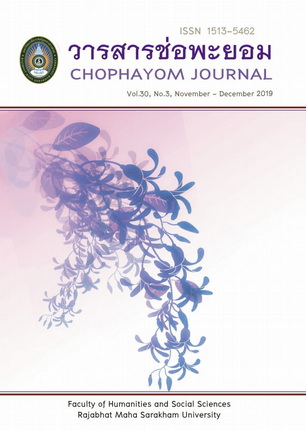An Analysis of the Challenges of Aligned and Unaligned Airlines in Aviation Industries
Keywords:
Challenges, Aligned and Unaligned Airlines, Aviation IndustriesAbstract
More than two decades, an international airline business formed the agreement by two external factors namely, globalisation and liberalisation (deregulation). One of the main reasons is to increase revenue. After the establishment of an airline alliance, the competition among airlines is less than an individual firm against an individual firm. In addition, the competition between airline groups is arising and they are mainly competing on networks. To become a part of an airline alliance gives many benefits to the members. However, there are a large number of airlines in the world which are not the airline alliance members. Those airlines have to compete against not only an airline but also the airline alliances. The objective of this paper is to present the challenges of the carriers out of the airline alliances, how the airlines out of the alliances
manage the pressure from alliances, the government should control the alliances and encourage more competitive airline business. This paper will discuss and evaluate four main areas; firstly, alliances and benefits of the members; secondly, the challenges of the airlines out of the alliances; and thirdly, the situation of multilateral alliances and mergers; and finally, role of the government in controlling the alliances.
Keyword : Challenges, Aligned and Unaligned Airlines, Aviation Industries
References
2.BBC (2011) Singapore Air in code share deal with Virgin Australia [online]. Available: https://www.bbc.co.uk/
news/business-13677497 [2/2016] .
3.Doganis, R. (2006). The Airline Business. 2nd ed. Abingdon: Routledge.
4.IATA. (2017). 60th edition of IATA World air transport statistics release. Available: https://www.iata.org/
pressroom/pr/Pages/2016-07-05-01.aspx [7/2017].
5.Iatrou, K. and Oretti, M. (2007). Airline choices for the Future: From Alliances to Mergers. Hampshire: Ahsgate
Publishing Limited.
6.Land, E. (2010). Are mergers good for airlines [online]. Available: https://www.bbc.co.uk/news/10095309 [3/2017]
7.O’ Connell, J. and William, G. (2011). Air Transport in the 21st Century. Surrey: Ashgate Publishing Limited.
8.Oum, T.H., Park. O.H. and Zang, A. (2000). Globalization and strategic alliances: The case of the airlines industry. Oxford: Elsevire Science Ltd.
9.Ramsey, M. (2011) Airline Mergers Leave Airport Off the Reader. The Wall Street Journal [online]. Available:https://online.wsj.com/article/SB10001424053111903374004576583022456381458.html [5/2017].
10.Skyteam. (no date). History [online]. Available:https://www.skyteam.com/en/About-us/Organization/History/[3/2016]
11.Star alliance. (no date) The way the earth connects [online]. Available: https://www.staralliance.com/en/about[3/2016]
12.Statista. (2016). Leading airlines worldwide in December 2016, based on revenue passenger kilometers (in billions). Available: https://www.statista.com/statistics/269617/top-10-airlines-worldwide-by-number-of-passengers/ [7/2017]
13.Taneja, N.K. (2010). Looking Beyond the Runway: Airlines innovating with best practices while facing realities. Surrey: Ashgate Publishing Company.
14.The Emirate Group. (2017. Annual report 2010-2011 [online]. Available:https://www.theemiratesgroup.com/
english/facts-figures/annual-report.aspx [6/2017






